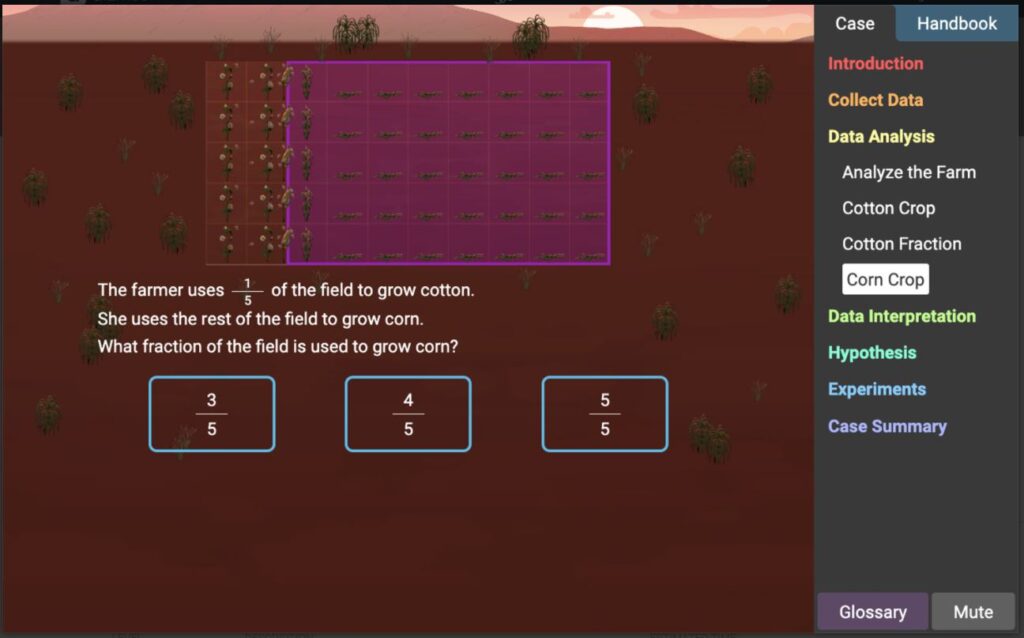New STEM Case Examines Relationship Between Wildlife Groups
- November 16, 2021
- Product Updates
- Gizmos

A farmer in Africa is having problems with elephants eating her corn and cotton crops. Your students take on the role of wildlife biologists to learn about animal group behavior and relationships of elephants and humans with bees in our latest interactive STEM Case: Animal Group Behavior. In this case, students collect data from the farm and elephants to hypothesize and test solutions that will protect the crops without hurting the elephants.
In STEM Cases, students step into the shoes of a real-world STEM professional. STEM Cases are designed to help students learn the core concepts and practice critical thinking skills (data analysis, data interpretation, hypothesis and reasoning, predictions and communicating findings). Students are assessed on each of these and their progress can be monitored in real time by teachers. Animal Group Behavior is appropriate for elementary and middle school.
The following concepts are addressed in the Animal Behavior STEM Case:
- Living in groups, learned behaviors, the relationship between elephants and bees
- Senses, memory, social interaction, group conflict
- Bee colonies, waggle dance, pheromones, pollination, fertilization
- Elementary School Expanded Handbook Only: deforestation, external and internal structures and functions and how environments affect herds
- Middle School Expanded Handbook Only: dominance, hierarchy, deforestation, mutually beneficial relationships and how environments affect herds
As in all our STEM Cases, 15-25 assessments per case report student achievement in real time, giving teachers the ability to quickly address problems and differentiate instruction.
Animal Group Behavior joins our growing library of STEM Cases, which currently include Heredity and Traits, Ocean Carbon Equilibrium, Fruit Production and the Environment, Chemical and Physical Changes, Properties of Matter, Nitrogen Cycle, and more.
Sign up to get the latest updates from ExploreLearning via occasional email.
